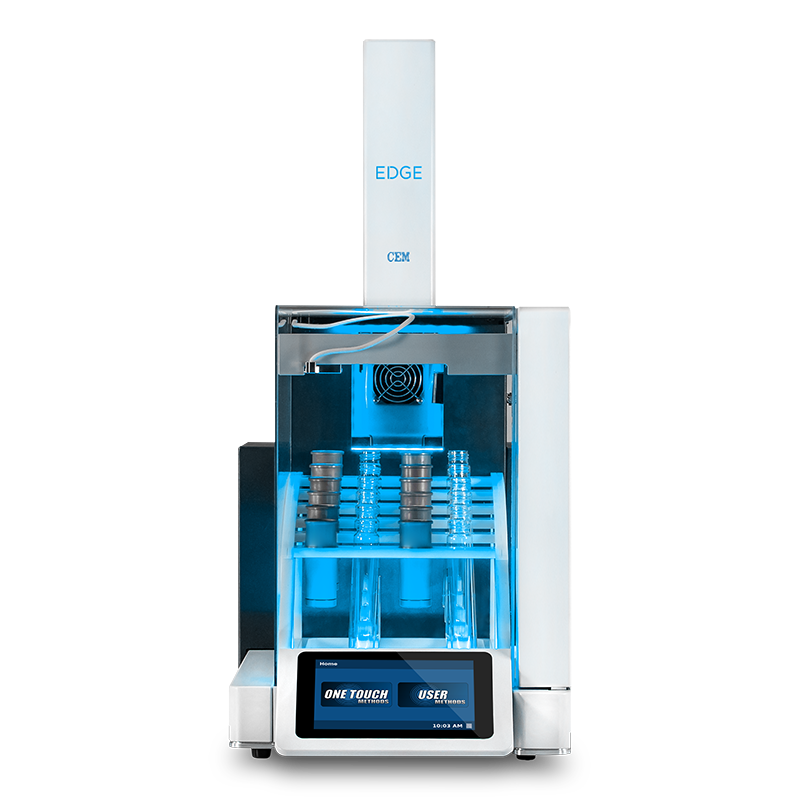Extraction of Pesticides from Color Additives
Introduction
Color additives to food are an integral part of the food industry, as consumers associate certain colors with particular foods and flavors. In the past, food color additives have often been adulterated by other substances to make them cheaper. Because of this, there is an extensive history of monitoring their safety to prevent additives from causing harm. A modern concern with food color additives is the level of pesticides they contain. Many food color additives originate as natural products that were grown commercially, making them susceptible to pesticide contamination. Furthermore, many color additives are extracts that were concentrated, potentially increasing the concentration of pesticides. In order to analyze these additives for pesticides, typically, extraction techniques like QuEChERS are used to extract the sample. The QuEChERS sample preparation approach traditionally uses acetonitrile and salts to extract pesticides from food matrices. It is manual and generates several pieces of waste per sample. Thus, alternative means of extraction that generate less waste and are automated are needed.
In this application note, the EDGE, an automated extraction system by CEM, was utilized to extract pesticides provided by Restek from several food color additives with different consistencies (powders and oleoresins), including bixin, curcumin, sodium copper chlorophyllin, norbixin, cheese color, carrot oleoresin, annatto, and paprika extract. Often, these matrices are regarded as difficult. Using standard addition spikes, the EDGE was shown to extract both dry and oleoresin color additives with high extraction recoveries, 60-125%, and favorable standard deviations of less than 20%.

